
Empowering Operations Managers to Drastically Cut Costs with Delivery Route Optimization Software
In today’s fast-paced business environment, operational costs can be a significant challenge for any organization. For an Operations Manager overseeing logistics, finding ways to cut down costs while maintaining efficiency is crucial. One powerful tool that can make a substantial impact is delivery route optimization software. In this article, we will explore the various facets of route optimization in logistics, the features of cutting-edge route optimization software, and how leveraging route optimization technology can significantly reduce expenses and increase profits for your organization.
3 Ways to cut down costs for your Operation Manager using Delivery Route Optimization Software
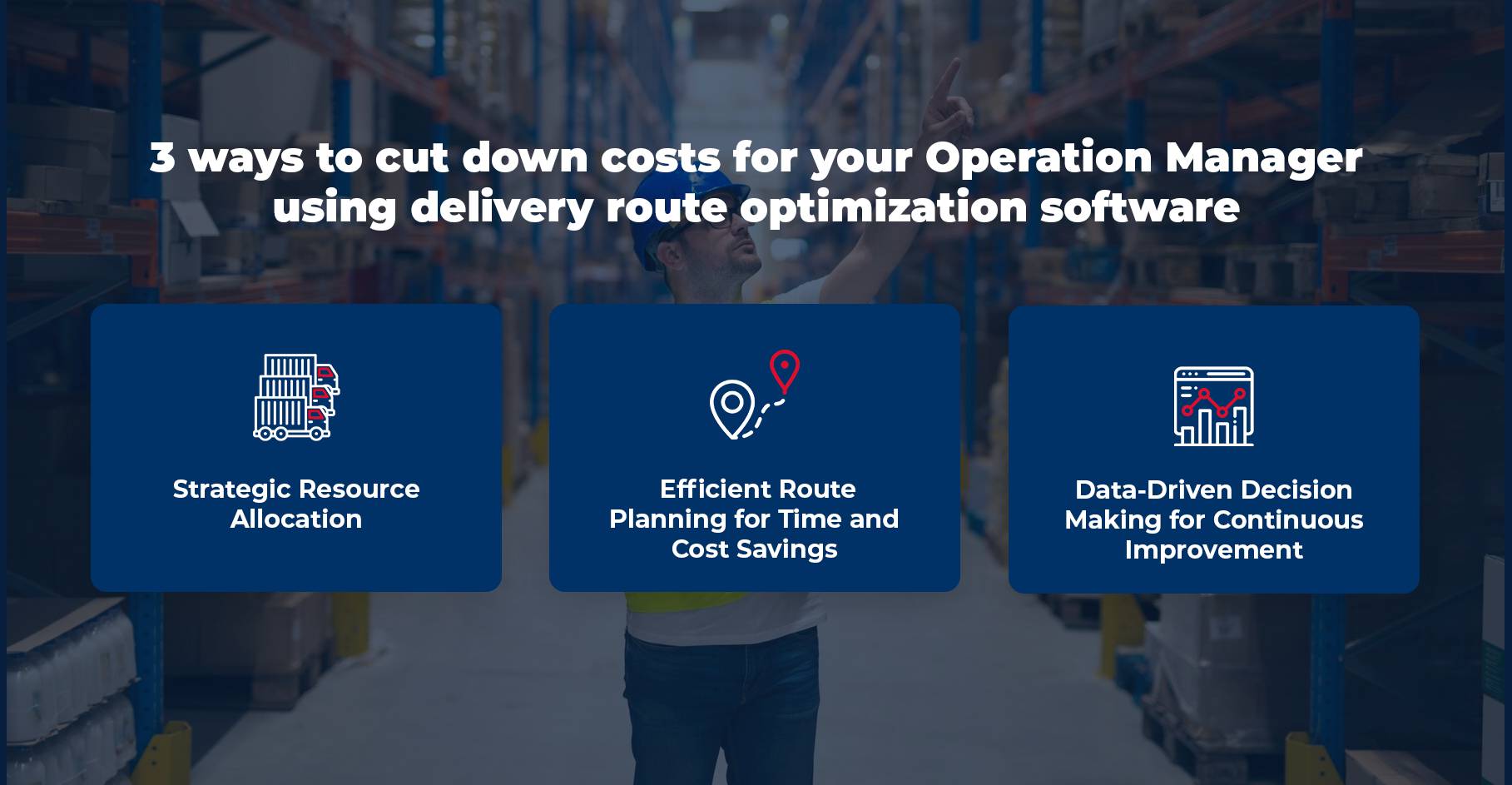
1. Strategic Resource Allocation
Route optimization software enables Operations Managers to strategically allocate resources, ensuring that vehicles are utilized to their maximum capacity. By analyzing delivery patterns, order volumes, and geographical factors, the software helps create optimized routes that minimize the number of vehicles required for a given set of deliveries. This strategic resource allocation directly translates into cost savings by reducing fuel consumption, labor hours, and vehicle maintenance expenses.
Furthermore, the software’s real-time tracking feature allows Operations Managers to monitor the performance of each vehicle, identify potential bottlenecks, and make on-the-fly adjustments. This proactive approach to resource management minimizes idle time, increases operational efficiency, and ultimately cuts down on unnecessary operational costs.
2. Efficient Route Planning for Time and Cost Savings
One of the primary advantages of route optimization software is its ability to plan the most efficient delivery routes. By factoring in variables such as traffic conditions, delivery windows, and vehicle capacity, the software designs routes that minimize travel time and maximize the number of deliveries per trip.
Reducing travel time not only saves on fuel costs but also allows Operations Managers to optimize labor resources. With shorter and more streamlined routes, delivery personnel can complete more deliveries in a given time frame, reducing overtime expenses and increasing overall productivity.
Moreover, the software’s dynamic route adjustment feature ensures that routes are continuously optimized in response to real-time conditions. This adaptability minimizes the impact of unexpected events, such as traffic congestion or road closures, further enhancing the efficiency of the entire logistics operation.
3. Data-Driven Decision Making for Continuous Improvement
Delivery route optimization software generates comprehensive reports and analytics that provide valuable insights into the performance of your logistics operations. Operations Managers can leverage this data to make informed decisions for continuous improvement and cost reduction.
By identifying trends, analyzing key performance indicators, and understanding the impact of route optimization on various cost factors, Operations Managers can implement targeted strategies. For example, if the data indicates that a particular route consistently experiences delays, adjustments can be made to mitigate these issues and avoid associated costs.
The data-driven approach also allows Operations Managers to evaluate the long-term impact of route optimization on overall costs. Tracking metrics over time provides a clear picture of the software’s effectiveness and enables proactive adjustments to optimize the cost-saving benefits continuously.
What is Route Optimization in Logistics?
Route optimization in logistics is a strategic approach to planning and organizing delivery routes for maximum efficiency. It involves analyzing various factors such as distance, traffic conditions, delivery windows, and vehicle capacity to determine the most cost-effective and timely routes for a fleet of vehicles. The primary goal is to minimize fuel consumption, reduce transportation time, and enhance overall operational efficiency.
What are the Features of Route Optimization Software?
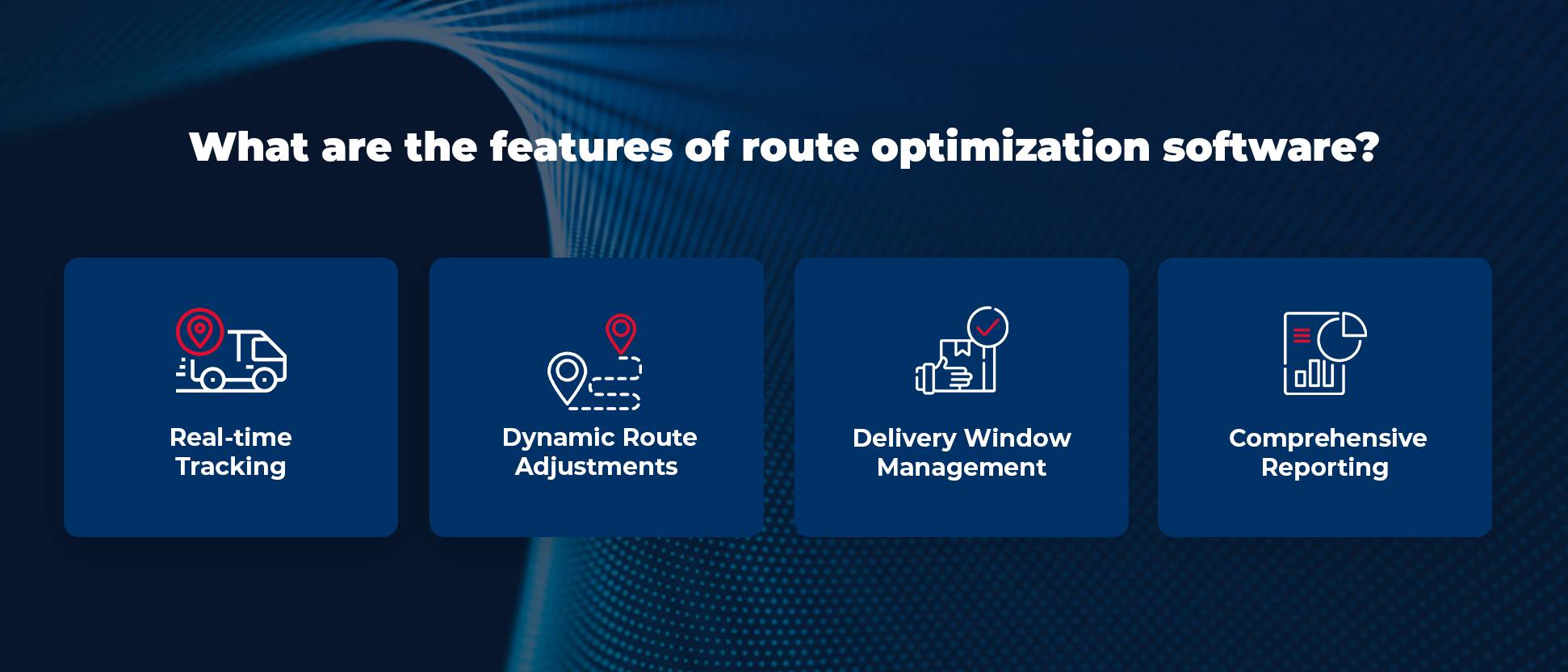
a. Real-time Tracking
Modern route optimization software provides real-time tracking capabilities, allowing Operations Managers to monitor the location and progress of each vehicle in the fleet. This feature enables better decision-making and the ability to respond promptly to any unforeseen challenges.
b. Dynamic Route Adjustments
The software is equipped with algorithms that can dynamically adjust routes based on real-time data, ensuring optimal paths are maintained even in the face of unexpected events such as traffic congestion or road closures.
c. Delivery Window Management
Efficient software allows for the customization of delivery windows, ensuring that deliveries are made within specified time frames. This not only meets customer expectations but also helps in organizing routes to minimize idle time and maximize productivity.
d. Comprehensive Reporting
Detailed analytics and reporting features provide valuable insights into the performance of your logistics operations. These reports can be used to identify areas for improvement, track key performance indicators, and make data-driven decisions.
How do I reduce Logistics expenses and increase Profit using Route Optimization Software?
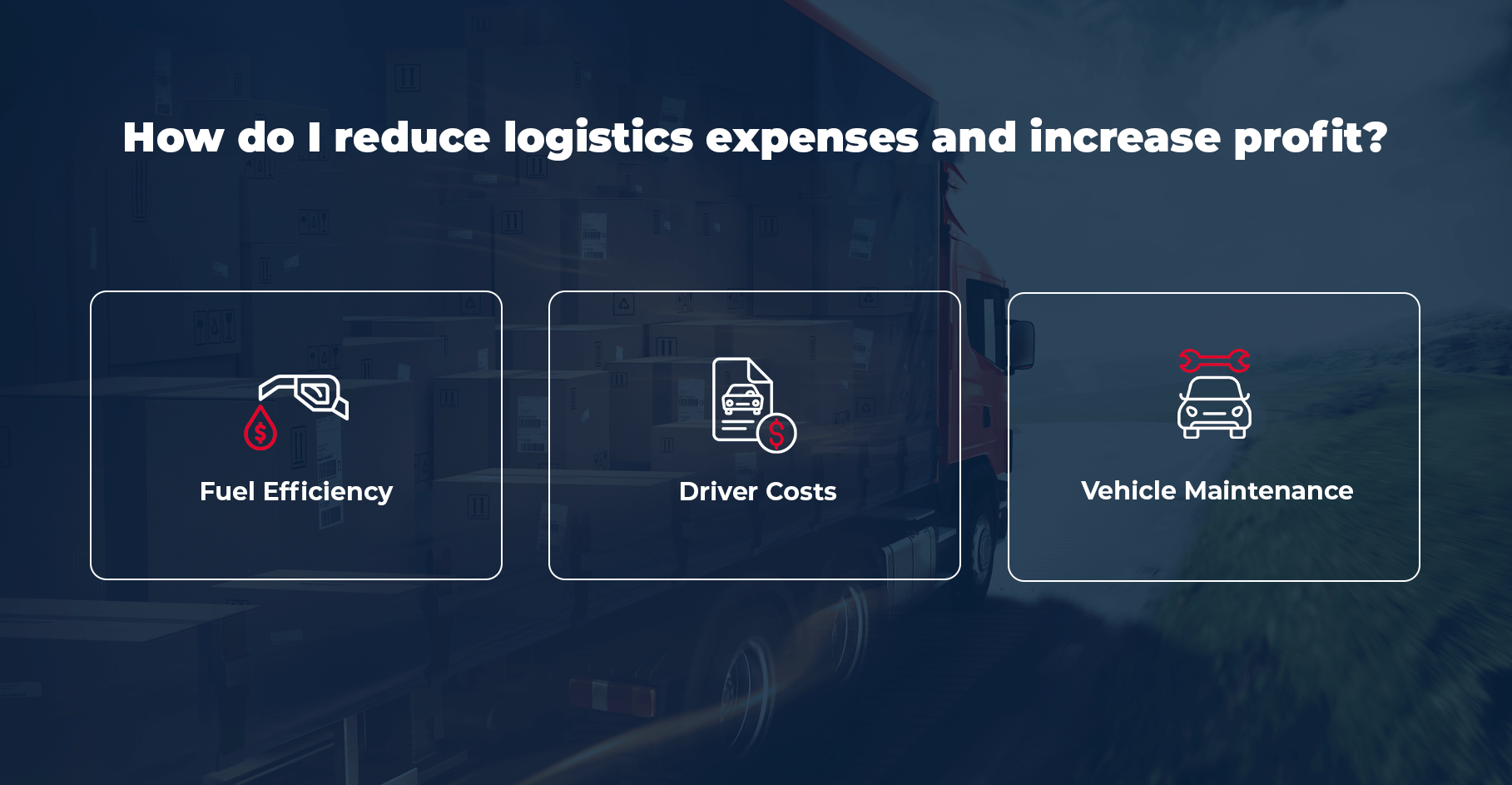
a. Fuel Efficiency
One of the most significant expenses for any logistics company is fuel. Route optimization software helps in planning fuel-efficient routes, minimizing unnecessary mileage, and reducing fuel consumption. This not only cuts costs but also contributes to a more environmentally friendly operation.
b. Driver Costs
Optimizing delivery routes reduces the time spent on each delivery, resulting in more efficient use of labor resources. With streamlined routes, fewer man-hours are required for the same number of deliveries, leading to substantial cost savings.
c. Vehicle Maintenance
Reducing the wear and tear on vehicles by optimizing routes also contributes to lower maintenance costs. The extended lifespan of vehicles translates to significant savings in repair and replacement expenses.
How can a Logistics Company Reduce its Delivery Cost with Route Optimization Software?
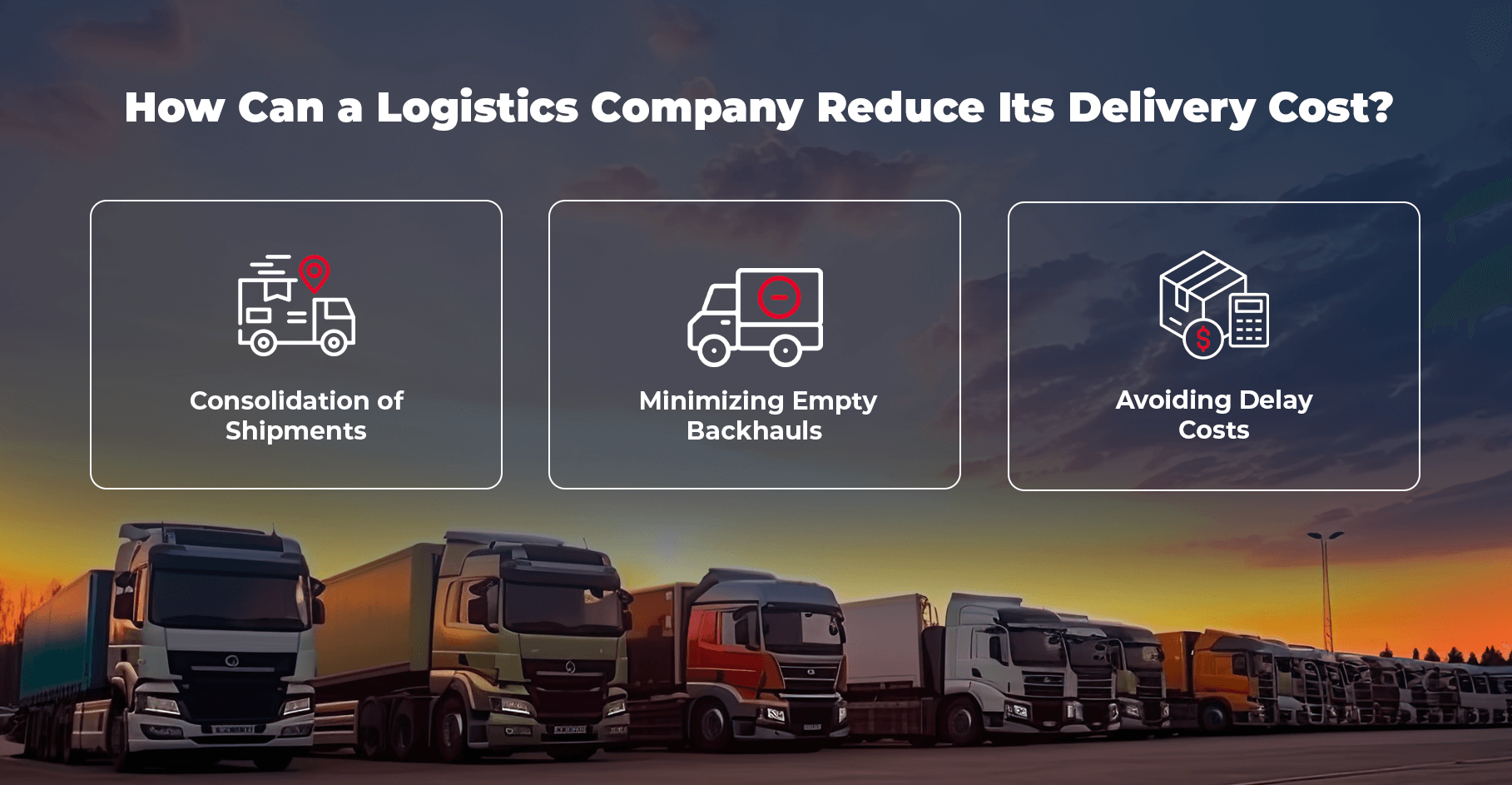
a. Consolidation of Shipments
Route optimization software can identify opportunities for consolidating shipments, reducing the number of vehicles needed for delivery. By maximizing the capacity of each vehicle, logistics companies can achieve economies of scale and lower their per-unit delivery costs.
b. Minimizing Empty Backhauls
Empty backhauls, where a vehicle returns to the distribution center without carrying any cargo, can be costly. Route optimization software helps in planning return routes that allow for additional pickups or deliveries, minimizing empty backhauls, and maximizing the efficiency of each trip.
c. Avoiding Delay Costs
Delays in deliveries can result in additional costs, such as penalties for late deliveries or spoiled goods. Route optimization software minimizes the risk of delays by selecting the most efficient routes and adapting in real-time to changing conditions.
How can Route Optimization Software Datafication help Organizations reduce Delivery Costs?
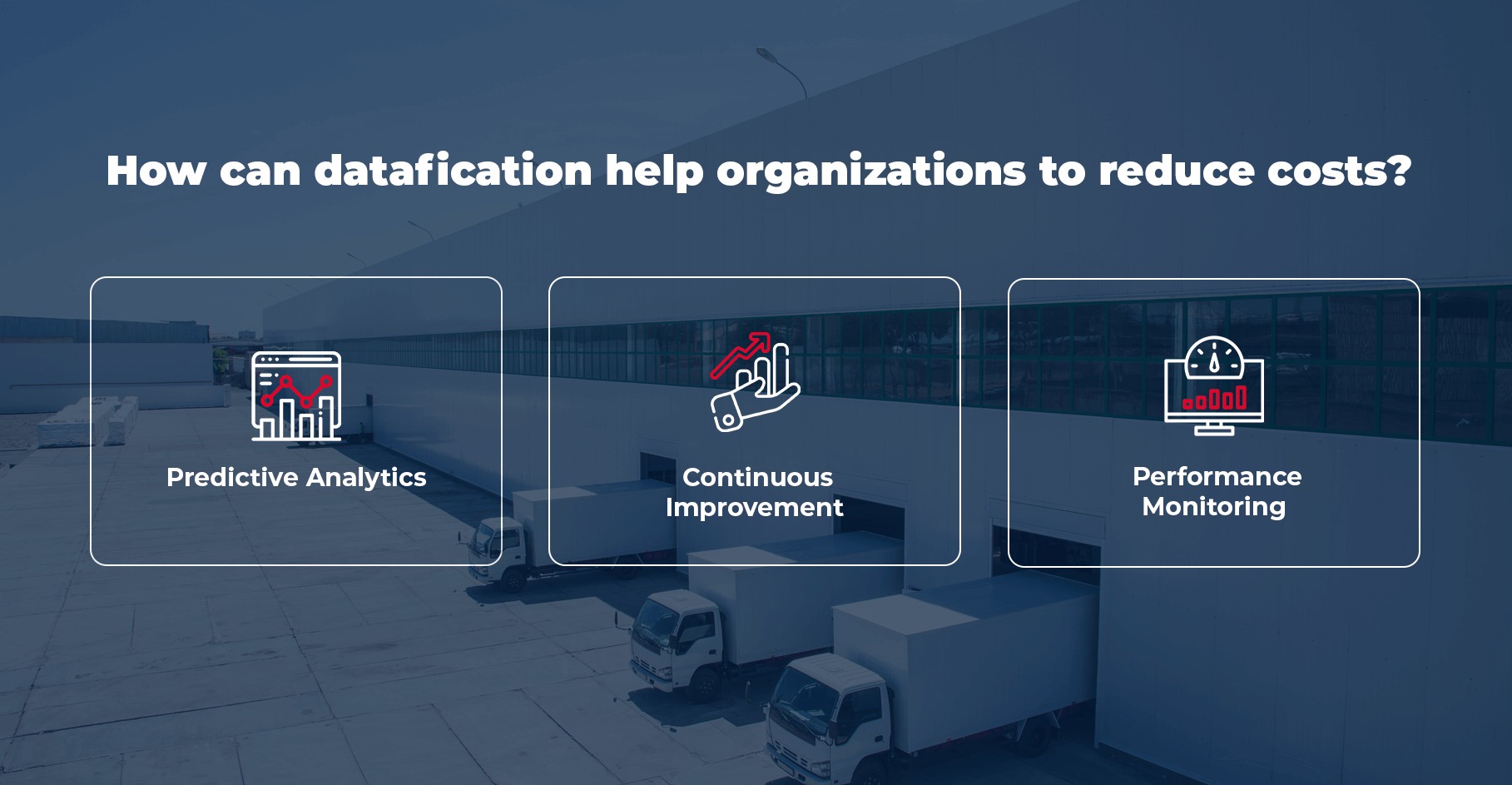
a. Predictive Analytics
Datafication involves leveraging data to gain insights and make informed decisions. Route optimization software utilizes predictive analytics to anticipate future trends and challenges, allowing Operations Managers to proactively address issues before they impact the bottom line.
b. Continuous Improvement
By collecting and analyzing data on a continuous basis, logistics companies can identify areas for improvement in their operations. This data-driven approach enables organizations to fine-tune their strategies and optimize routes for ongoing cost reduction.
c. Performance Monitoring
Datafication allows for the comprehensive monitoring of key performance indicators (KPIs) related to logistics operations. This enables Operations Managers to track the impact of route optimization on cost reduction and make data-driven adjustments to further enhance efficiency.
Conclusion:
In conclusion, the adoption of delivery route optimization software is a strategic move for any logistics company aiming to cut costs and boost profitability. And LogiNext is one of the best in the field to offer seamless transaction for route planning and optimization. By understanding the fundamentals of route optimization, exploring the advanced features of optimization software, and implementing strategies to reduce expenses, Operations Managers can lead their organizations toward a more cost-effective and streamlined future. Embracing datafication further enhances this journey by providing valuable insights for continuous improvement and sustained success in the dynamic world of logistics.
88







@LogiNext